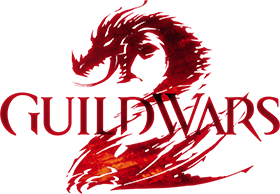12 Games of Christmas: Guild Wars 2
On the second day of Christmas my true love sent to me: two angry Charr
A Shinier Theme Park
Tyria is an incredible place. An unmatched achievement in art direction for MMOs at the moment, over every hill is a new view to widen the eyes and slacken the jaw.
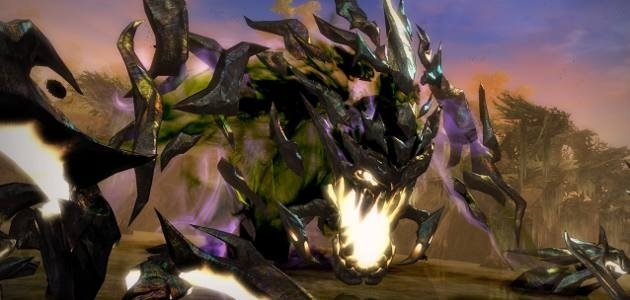
Dynamic Events work. Though in essence, they are simply a different way of delivering quests, their implementation across Guild Wars 2’s breathtaking landscape is best understood by logging into most other MMOs for a while. The static quest hub is rarely as involving, varied or flexible as the dynamic event system at its best.
That’s not to say they are perfect. They are repeated too often in some instances to maintain the illusion of the continuously evolving experience that some players might hope for. I do think that such a level of expectation is currently not realistic due to the constraints that providing content in a theme park type MMO hold. But a middle ground is realistic.
To have events that are completely fresh all of the time for each player would require an evolving scripting technology that just doesn’t exist, or so many different events that it would be unlikely to ever come across the same one twice – which would require an obscene amount of development hours. However, some tweaking in deployment and respawns of dynamic events would enhance the experience.
Within the technical limitations of the genre, Guild Wars 2’s leveling experience is truly excellent, but it is still a theme park MMO and to expect varieties of experience that only a sandbox can really achieve –without many examples of success from that approach currently available – is to court disappointment.
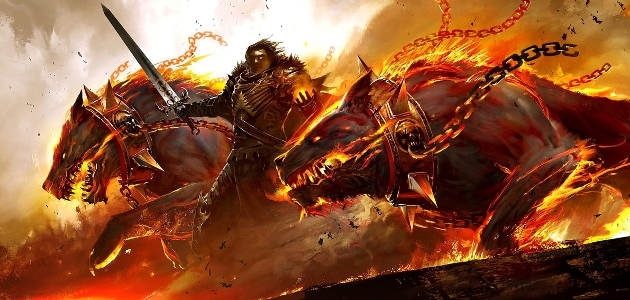
Dungeons:
While, as with the rest of the game, being utterly beautiful, the dungeons in Guild Wars 2 suffer with the uneven use of mechanics for bosses.
Too many dungeons are bogged down with simplistic mechanics with single phases that require one action to be repeated in the same way by everyone in the party for far too long.
A high HP value doesn’t make a fight hard, it just makes it long. Combine the time spent with a lack of absorbing mechanics and some fights become incessantly dull.
Some see this as evidence that a lack of trinity inherently makes for less interesting fights. I don’t believe this to be true at all. It simply means that players are not being asked to do enough for each other in an organized manner by encounter design that necessitates coordination and timing that extends beyond dodging out of a red circle and hitting a self heal periodically.
Even worse is the use of spawn and revive like a relay race. This recurring action of players dying, going back to a waypoint, running to a boss, fighting and dying again indicates a lack of subtlety and tuning in boss encounters.
The improvements in Fractals of the Mists indicate awareness for a need to evolve boss mechanics, but there is certainly some way to go.
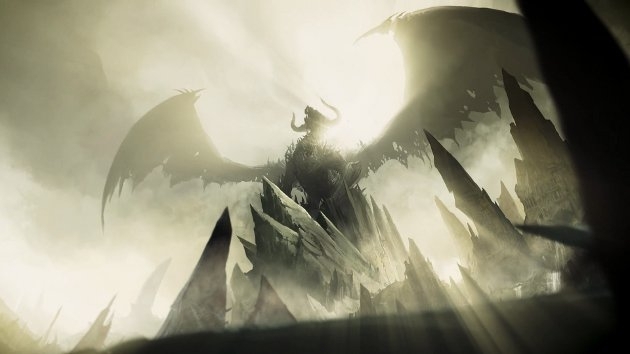
PvE Guilds
My loud mouth was gainfully employed through the beta with my concerns over the handling of guilds for PvE. As much as I enjoyed the game – and still do – I brought up that I hadn’t seen any content that would unify larger guilds around an activity.
After hitting max level I was genuinely surprised to discover the reason I hadn’t discovered that specific content was because it just doesn’t exist. Other than grabbing a bunch of guildies to form large groups to farm Orr for Karma and items, there really isn’t an incentive to be in a large social unit beyond the influence unlocks and a busy guild chat.
I was very interested in how ArenaNet would approach content like raiding, not necessarily raiding as a literal interpretation, but the company’s own take on large scale, organized content that forms cohesive bonds between players in guilds.
In my view such activities are vital for an MMO because they 7incentivize teamwork and cooperation between players that is the font for long term friendships that creates social stickiness.
One of the reasons World of Warcraft remains so popular, even when arguably superior games have launched at certain parts of its lifespan, is that it retains a huge social base that players return to.
Any MMO played solo is much less engaging on a long term basis than one played with friends. I know I have played games well beyond the point that I should have purely because of the people I have made friendships with.
Many of those relationships were developed through having things to do together, from joking about wipes to yelling in triumph when the boss finally fell down. Would so many people have spent so much time together without content that required a large number of players to work together? I personally doubt it.
Of course, on a smaller scale those social bonds can be just as strong but, going back to WoWas the example, its size of social interaction is its advantage beyond the relative strengths of the game itself. People return to the game often because of the familiar names in guild chat. Games that try to compete with WoW directly, don’t just need to entice people to try them out, they need to be good enough to drag that player’s friends along for the ride too.
That social stickiness is very important and I worry that Guild Wars 2 does not have it at its core. Players will undoubtedly return for the regular content updates and events, but would more of them still be there between those changes with more reasons to play together?
I believe so.
Does this mean Guild Wars 2 needs raiding? Of course not, but anyone who thinks events like the Claw of Jormag satisfy that sort of cooperative content is in error.
Then again, let’s grab the thorn and imagine Guild Wars 2 with raiding. What would it be like?
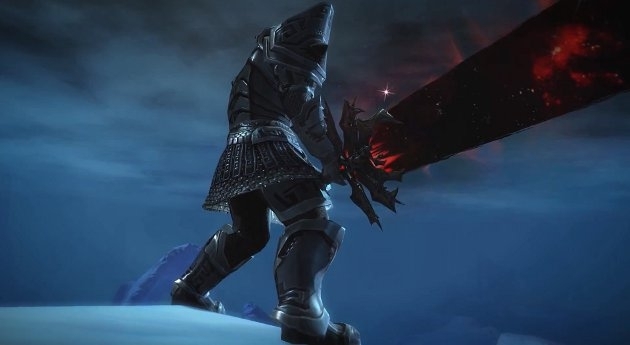
The fear of many is that raiding would automatically mean the content treadmill that GW2 is meant to be the antithesis of. I don’t see how that is logical.
Of course, if raiding was released with all of its current connotations, including tiered, gated gear progression, it would be a complete about face and almost a raising of the white flag in the face of MMO tropes. Yet it is ArenaNet’s ability to bring a different perspective, to innovate on the staid that makes it such an exciting studio.
Would “raiding” that didn’t include tiered gear still be popular? Would all those people who have said in the past “I don’t do raids for gear, I do it for the challenge” be forced to put up or shut up? And would there be enough of those people to forge better social engagement as well as justify the opportunity cost of development?
It’s hard to be sure, but there is certainly, in my view, a need to introduce something to make your PvE guild more of a necessity than it currently is. Though if Guild Wars 2’s version of raiding is to be implemented, the encounters currently exemplified in 5-man dungeons would not be sufficient to make them successful. Of course, it might simply be the case that ArenaNet doesn't view large PvE guilds as necessary in its long term retention plan.
If that is the case, then it will be relying on a very demanding content implementation turnaround for world events which themselves do not promote meaningful social interaction.
We shall see.
There are many other aspects of Guild Wars 2 that merit discussion; including the economy, the implementation of microtransactions, tradeskills and more. I’m sure I’ll write about those specific areas in the future, particularly if guesting isn't implemented soon, grumble grumble.
For the sake of relative brevity, the overall picture I hope I have painted of Guild Wars 2 is that of a game that is phenomenal for one so young, but also an experience that needs to evolve to cement its place as the best MMO on the market.
The commitment to adding new content and the complete willingness to engage with the game’s community, as displayed by ArenaNet to date, is indicative of a prosperous future for Guild Wars 2.
10 Lords a Leaping (over a tall building in a single bound)
5 Gold Rings (and one to rule them all...)
Scott "Jarimor" Hawkes, Editor in Chief
